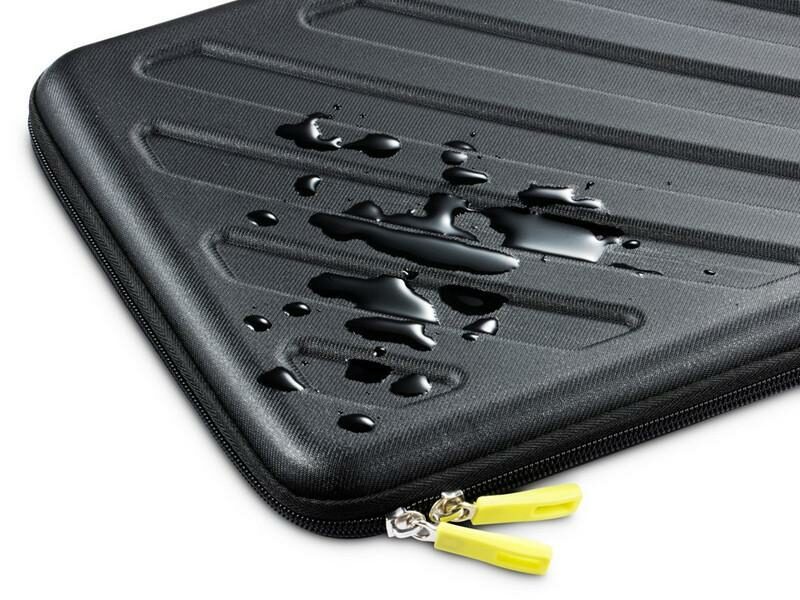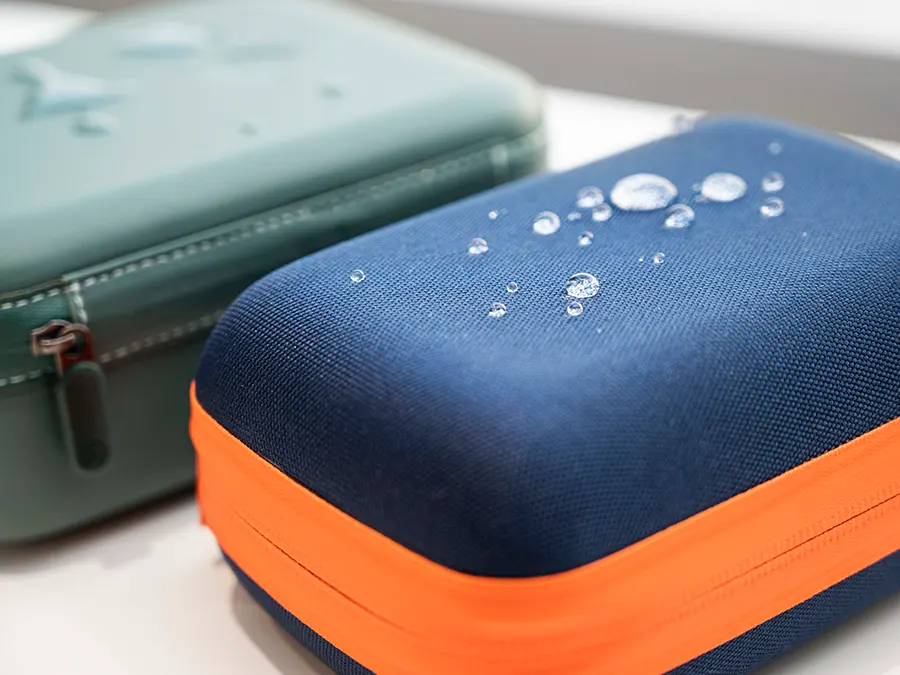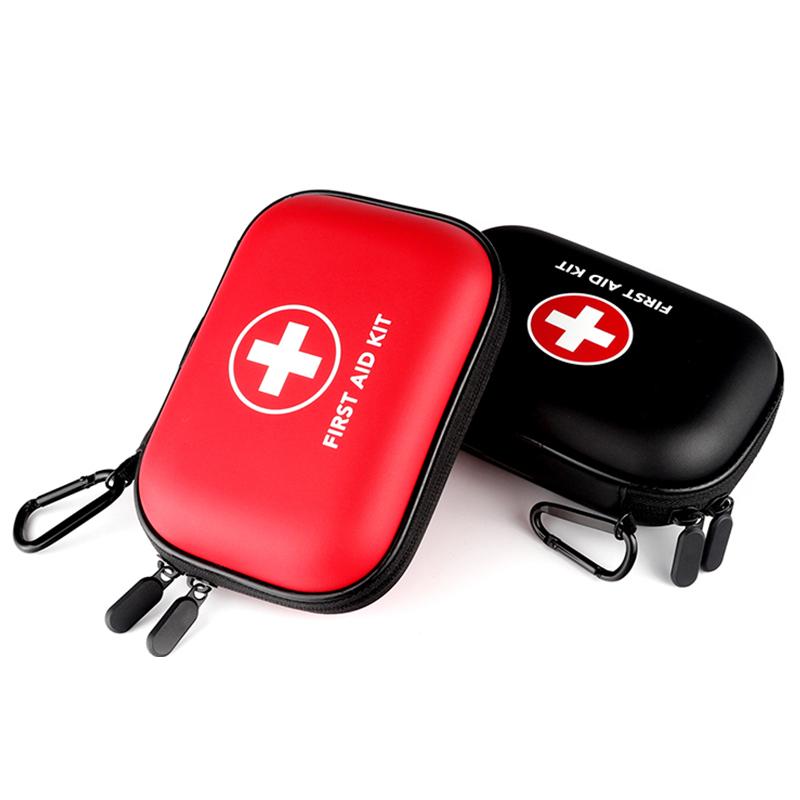Eva, which stands for ethylene-vinyl acetate, is a popular material used across various industries for its flexibility, durability, and lightweight properties. From footwear to outdoor gear to Eva hard case case, Eva has become a staple material in many products. But the question remains, is Eva truly waterproof? In this article, we will delve into the world of Eva to understand if this versatile material can truly stand up to the test of water.
Understanding Waterproofing
To truly understand Eva’s waterproof capabilities, it is important to first define what waterproofing is and why it is significant. Waterproofing is the process of making a material or product resistant to water penetration, ensuring that it remains dry and intact even in wet conditions. There are different types of waterproof materials and technologies available, ranging from natural materials like rubber to synthetic materials like Gore-Tex. Each material has its own unique properties and benefits when it comes to keeping water at bay.
Is Eva Waterproof?

Yes, Eva is a waterproof copolymer that combines ethylene and vinyl acetate to create a material that is both flexible and resistant to cracks and tearing. Its closed-cell structure makes it a popular choice for waterproof products as it does not absorb water easily.
Commonly used in products like sandals, floatation devices, Eva foam case and even outdoor equipment, Eva’s properties make it a promising candidate for waterproof applications. Its ability to withstand heat, chemicals, and UV radiation further enhance its appeal in various industries.
Assessing Eva’s Waterproof Capabilities
Several factors contribute to Eva’s waterproof capabilities, including its density, cell structure, and thickness. In general, the higher the density of the Eva material, the more waterproof it becomes. The closed-cell structure of Eva also helps to repel water, making it less likely to absorb moisture.

Eva Material’s Density
Density is a key factor in determining Eva’s waterproof capabilities. The denser the Eva material, the more resistant it is to water penetration. This is because the denser material is less likely to allow water to seep through its structure, making it more effective at keeping moisture out. Additionally, the closed-cell structure of Eva plays a significant role in its water-repelling abilities. This structure creates a barrier that prevents water from infiltrating the material, further enhancing its waterproof properties.
Eva Material’s Thickness
Another important aspect to consider when assessing Eva’s waterproof capabilities is its thickness. Thicker Eva materials are generally more waterproof than thinner ones, as they provide a greater barrier against moisture. However, this also means that thicker Eva may be less flexible and lightweight, which can impact its practicality in certain applications.
Compared to Other Waterproof Materials
When compared to other waterproof materials like rubber or Gore-Tex, Eva stands out for its flexibility and lightweight properties. This makes it a popular choice for outdoor gear, footwear, and other products where flexibility and weight are important. However, the quality of the Eva material used can greatly impact its waterproof capabilities. Lower-quality Eva may not offer the same level of waterproofing as higher-quality options, so it is crucial to consider the grade of Eva when evaluating its suitability for a specific use.
Testing Eva’s Waterproofness
To put Eva’s waterproofness to the test, specialized tests are conducted to determine its resistance to water penetration.
One common test used to evaluate Eva’s waterproofness is the water absorption test. In this test, Eva samples are submerged in water for a set period of time, typically ranging from a few minutes to several hours. After the samples are removed from the water, their weight is measured to determine how much water they have absorbed. This test provides valuable information on Eva’s ability to resist water
In addition to the water absorption test, other methods may also be used to test Eva’s waterproofness. For example, the hydrostatic pressure test measures the water resistance of a material by subjecting it to increasing water pressure until water begins to penetrate through. The spray test involves spraying water onto a surface coated with Eva to simulate real-world conditions and assess its ability to repel water droplets.
Results from these tests can provide valuable insights into Eva’s performance in wet conditions and help manufacturers determine the best use of Eva in waterproof products.
Applications of Eva in Waterproof Products

Due to its waterproof property, Eva material are widely used in products such as outdoor gear, footwear, and Eva storage case .
Eva in Outdoor Gear and Apparel
One of the most common applications of Eva in waterproof products is in outdoor gear and apparel. From rain jackets to hiking boots, Eva is used to provide a waterproof barrier that keeps moisture out while allowing for breathability. Its lightweight properties make it an ideal choice for outdoor enthusiasts who need durable gear that can withstand the elements.
Eva in Footwear and Accessories
In the footwear industry, Eva is a popular material used in the midsole of shoes to provide cushioning and support. In waterproof footwear like rain boots or water shoes, Eva is used to create a waterproof barrier that keeps feet dry and comfortable. Its flexibility and shock-absorbing properties make it a versatile material for footwear applications.
Eva in the Packaging Industry
Beyond footwear and apparel, Eva is also used in the packaging industry to create waterproof Eva storage cases for electronic devices, medical tools, and other sensitive equipment. These Eva cases provide added protection against moisture, dust, and impact, ensuring that valuable items remain safe and dry during transport or storage.
Tips for Maintaining Eva’s Waterproof Properties
To ensure that Eva maintains its waterproof properties, it is important to follow best practices for cleaning and care. Avoid using harsh chemicals or abrasive cleaners that can damage the Eva material. Instead, use mild soap and water to gently clean any dirt or debris that may accumulate on the surface.
For Eva products like sandals or waterproof gear, regular cleaning and maintenance are essential to prolong their lifespan. After use, wipe down Eva products with a damp cloth to remove any dirt or grime. Allow them to air dry thoroughly to prevent mold or mildew from forming. Store Eva products in a cool, dry place away from direct sunlight to prevent degradation of the material.
Conclusion
In conclusion, Eva has proven to be a reliable and versatile material with promising waterproof capabilities. Its properties make it a valuable choice for products in various industries, from outdoor gear to footwear to packaging. By understanding the factors that determine Eva’s waterproofness and following best practices for maintenance, manufacturers can harness the full potential of Eva in creating high-quality waterproof products. The future of Eva in waterproof applications looks bright, with continued innovation and advancements enhancing its performance in wet conditions.

















